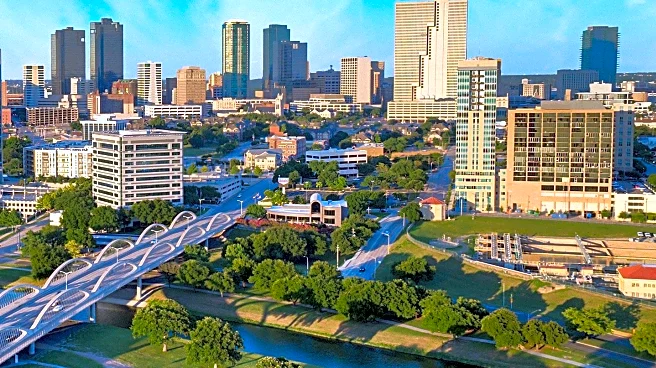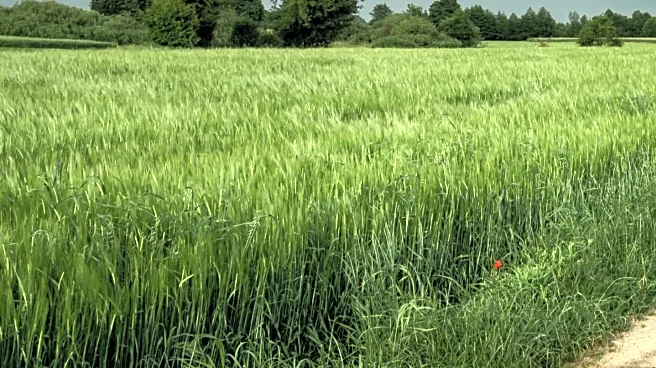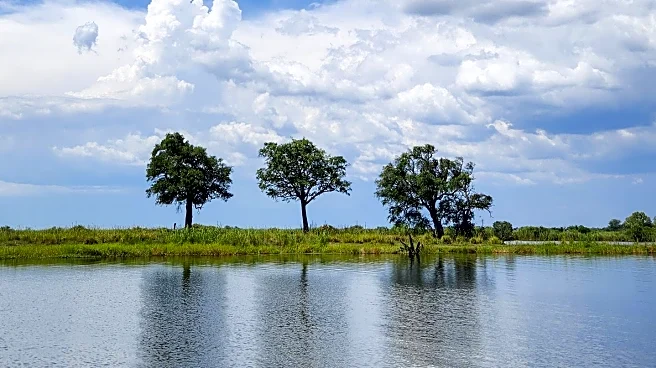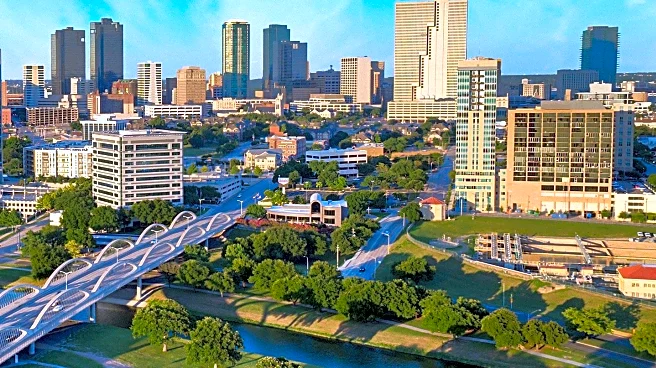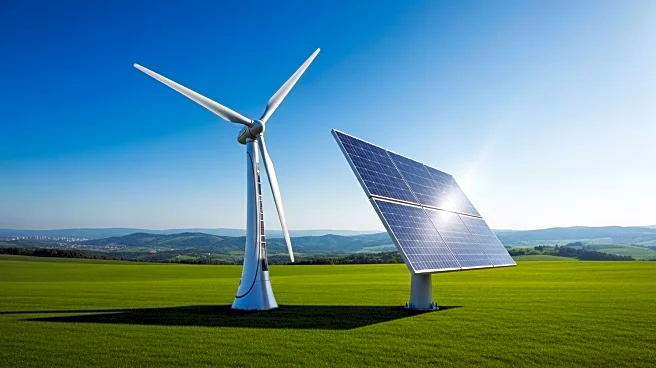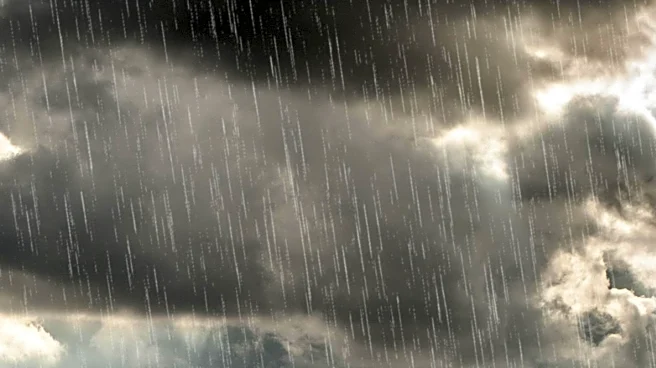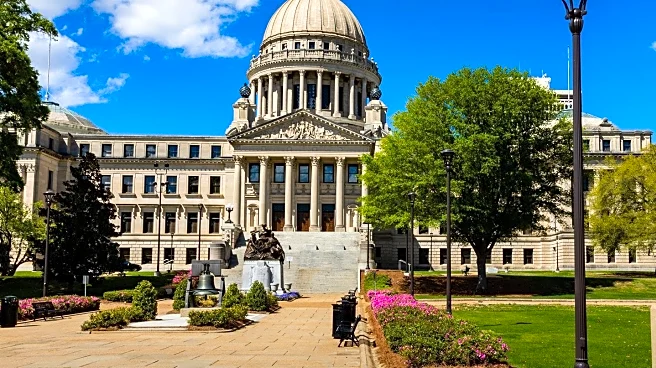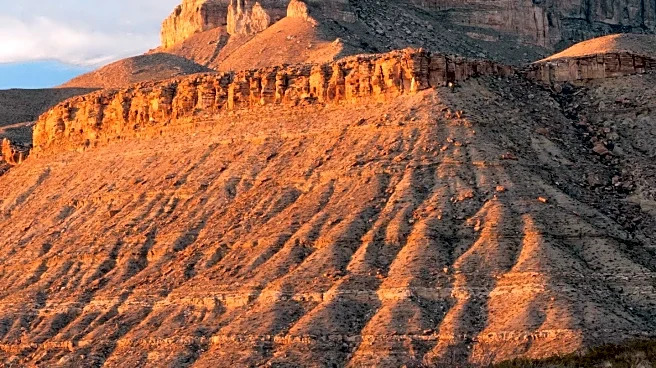What is the story about?
What's Happening?
North Texas is experiencing unusually warm temperatures as the region enters the fall season, commonly associated with cooler weather. Despite the arrival of October, which typically brings a drop in temperatures, the area continues to feel more like summer. This persistent heat is affecting the seasonal atmosphere, although the dry conditions are beneficial for outdoor Halloween events, allowing them to proceed without weather-related disruptions.
Why It's Important?
The continuation of summer-like temperatures into the fall season in North Texas highlights the broader issue of climate variability and its impact on local weather patterns. This anomaly can affect various sectors, including agriculture, retail, and tourism, which often rely on predictable seasonal changes. For instance, businesses that depend on fall-themed activities and products may experience shifts in consumer behavior due to the unseasonal weather. Additionally, prolonged heat can strain local resources, such as water and energy, as residents continue to use air conditioning and other cooling methods.
What's Next?
If the warm weather persists, it could lead to further adjustments in local activities and business operations. Stakeholders, including event organizers and local businesses, may need to adapt their strategies to accommodate the ongoing heat. Additionally, meteorologists and climate scientists will likely continue to monitor these patterns to better understand the implications of such weather anomalies and to provide more accurate forecasts for the region.
Beyond the Headlines
The current weather situation in North Texas may prompt discussions about climate change and its potential role in altering traditional weather patterns. This could lead to increased public awareness and dialogue about environmental policies and sustainability practices aimed at mitigating the effects of climate change. Furthermore, the situation underscores the importance of adaptive strategies in urban planning and infrastructure to better cope with unexpected weather conditions.
AI Generated Content
Do you find this article useful?
